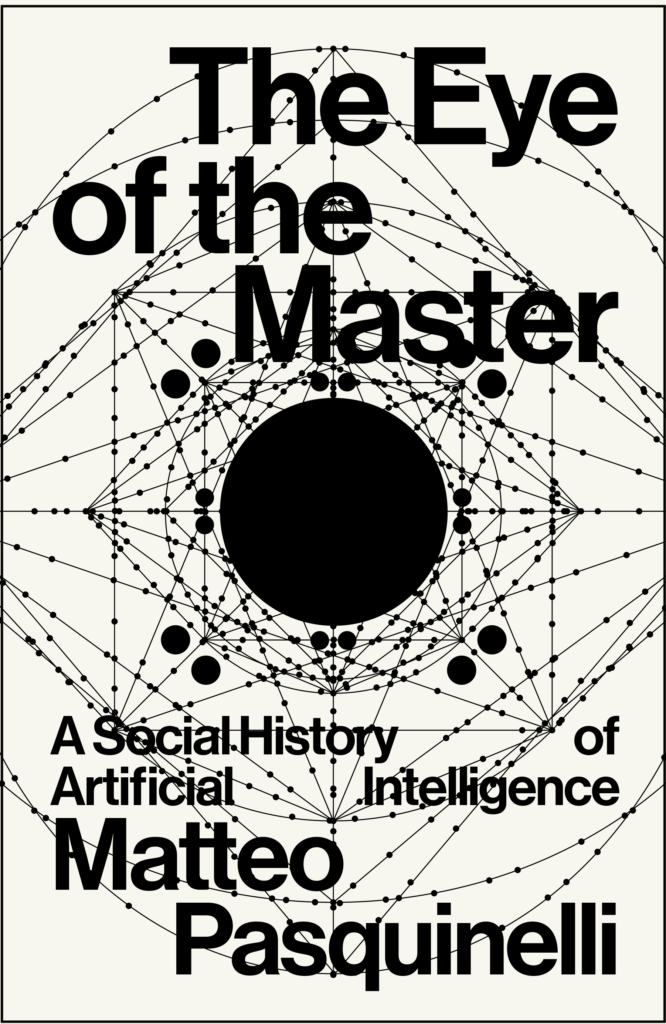A two-day conference co-organized by Harun Farocki Institut and e-flux journal in cooperation with Haus der Kulturen der Welt with additional support from the CCC Research-Based Master of Visual Artsat HEAD, Genève.
Navigation begins where the map becomes indecipherable. Navigation operates on a plane of immanence in constant motion. Instead of framing or representing the world, the art of navigation continuously updates and adjusts multiple frames from viewpoints within and beyond the world.
Navigation is thus an operational practice of synthesizing various orders of magnitude, each with its own horizon. Super-modernity’s expansive enclosures of global infrastructure, time zone logistics, and data-behaviorism become external abstractions as much as computational and territorial facts.
Only a few weeks prior to his untimely death in 2014, Harun Farocki briefly referred to navigation as a contemporary challenge to montage—editing distinct sections of film into a continuous sequence—as the dominant paradigm of techno-political visuality. For Farocki, the computer-animated, navigable images that constitute the twenty-first century’s “ruling class of images” call for new tools of analysis. Drawing on Alexander Galloway’s concept of “actionable objects” in gamespace, Farocki began to ask: How does the shift from montage to navigation alter the way images—and art—operate as models of political action and modes of political intervention?
Today, we “navigate” known and unknown, real and virtual, concrete and abstract space—cities, territories, lives, and narratives. As we attempt to map and record the terrain, we are ourselves being mapped and recorded. If Google Maps seeks to map space and global finance seeks to map affective responses to possible events, Farocki appears to have employed the question of navigation to ask: What are the interfaces of navigation that transcend the realm of the purely technical, even as a form of visualization that paradoxically supersedes the spatial and temporal constraints of images completely?
Rather than finding orientation by way of images in the real world, real world experiences may be increasingly used to find orientation within images. An image may mutate into a sort of interface—an operational tool reaching beyond visual-cognitive persuasions, beyond the documentary, beyond “the image” itself, enabling seemingly boundless and borderless mobility between spaces, scales, temporalities. The navigational also redraws as well as challenges power relations inherent to orientation and movement, when, for example, groups begin visiting distant “home countries” based on DNA test results, just as many from those countries flee to foreign countries moved by promise.
Against the backdrop of platforms that swell into worlds, disorientation may have become an ethical resource.
Location: Haus der Kulturen der Welt
John-Foster-Dulles-Allee 10, 10557 Berlin
PROGRAM
FRIDAY, APRIL 5, 7–9pm
7pm
Introduction: Doreen Mende, Brian Kuan Wood
7.15pm
Keynote and screenings: James Bridle, Hito Steyerl, Ben Vickers
SATURDAY, APRIL 6, 11am–8pm
11am
Introduction: Kaye Cain-Nielsen, Tom Holert
11.15amSensory Counter-Mappings with Anselm Franke, Jennifer Gabrys, Laura Lo Presti, Mariana Silva (Inhabitants), Nikolay Smirnov, moderated by Tom Holert
2.15pm
The Tasks of Abstract Space with Ramon Amaro, Gloria Meynen, Matteo Pasquinelli, Patricia Reed, moderated by Brian Kuan Wood
5pm
Extra-Image Violence:Maîté Chénière, Charles Heller, Vassilis Tsianos, Oraib Toukan, moderated by Doreen Mende
7.15pm
Closing Response:Kodwo Eshun


